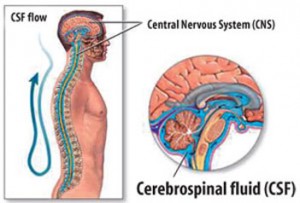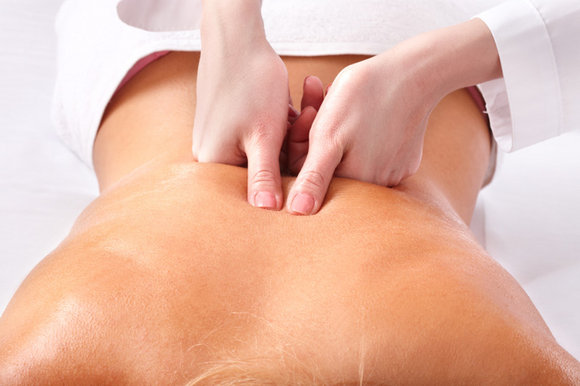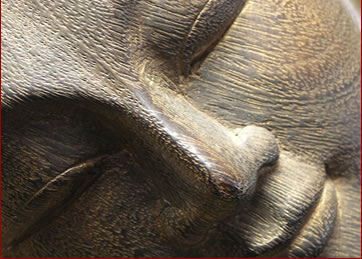
Massaging Fascia, written by Sharon Hartnett LMT
What’s the big deal about fascia?
Lately, fascia is being touted as the new integrative approach to massage and bodywork. I am so happy to hear this news as Dr. Ida Rolf developed her work in organizing the human body back in the 1920’s, and it’s finally getting the notice it so much deserves. Since that earlier time, students who had studied with her over the years, trained, interpreted and opened various schools enabling this work to spread and improve healing for those fortunate enough to find this approach to evolutionary change. If you google, you can find the Institute for Structural Integration, The Rolf Institute, The Guild for Structural Integration the anatomy trains work by Tom Myers, and some new curriculums popping up with Massage Schools everywhere. Even more exciting, the valuable benefits of healthy fascia as experienced through Structural Integration, Craniosacral Therapy, and Myofascial Therapy is now being backed by scientists and clinicians alike. It’s thrilling for us Fascial workers who have been doing this work for years that fascia is now being recognized as a holistic system that can improve your life when optimized for efficiency. It’s time to discover and understand the potential of health and wellbeing within the global web of connective tissue.
So now do you want to know more about Fascia?
Fascia has been part of our body’s since the beginning of humankind. It has been the glue that holds us and connects us together. It is made of extracellular matrix containing: collagen fibers which contribute to structure, elastin which provides elasticity and ground matter which allow transport of material. Without it, we would be a pool of bones, and dried up parts lying randomly on the ground.
So why is it that we are just beginning to learn about it now?
While fascia is the living stuff that sets our three dimensional shape and form, it is not easy to see with its transparent silvery quality. For the most part, it has been dismissed as a major player in our health system until now. Fortunately, in the last 80 years, the word has gradually gotten out by manual workers that layering, spreading, balancing, and lengthening the connective tissue improves the overall sense of health. When it is in a restful state, the fascia stays hydrated, able to use its elements of viscosity, plasticity and elasticity to give us a strong yet bouncy movement throughout the body. It also nurtures the muscle spindle firing, and enhance nerve ending firing. The internal wisdom of the human body has distributed the fascial tissue with the correct amount of characteristics to keep us organized and functioning fairly well into our later years.
So What Does This Mean For You?
It means that not only is there experiential testimonials to the benefits of fascial work, but if you research on google, you will also see that the medical field is learning and verifying the positive results that clients have been feeling for years. In my practice I have helped many hundred of people by listening to the intelligence of their fascial body. With Dr. Ida Rolf’s teachings, many of my clients have completed the original 10 sessions. They walk away with a lighter, springier step as the pain disappears. For clients who are more interested in gentle touch, I tend to focus on the Craniosacral Therapy side of things. But along with working with this semi-hydraulic system, it is also necessary and practical to work with the fascial diaphragms and restricted areas as well. It is through the softer manipulation of tissue that chronic pain and dysfunction release easiest. If you are interested in finding more freedom in your movement and a spark in your spirit, check out fascial work by a certified massage therapist in your area. You’ll be happy with the results!
For more questions, Sharon Hartnett LMT offers a free 15 minute phone consultation to those in the Columbus, Ohio area.
Call:





